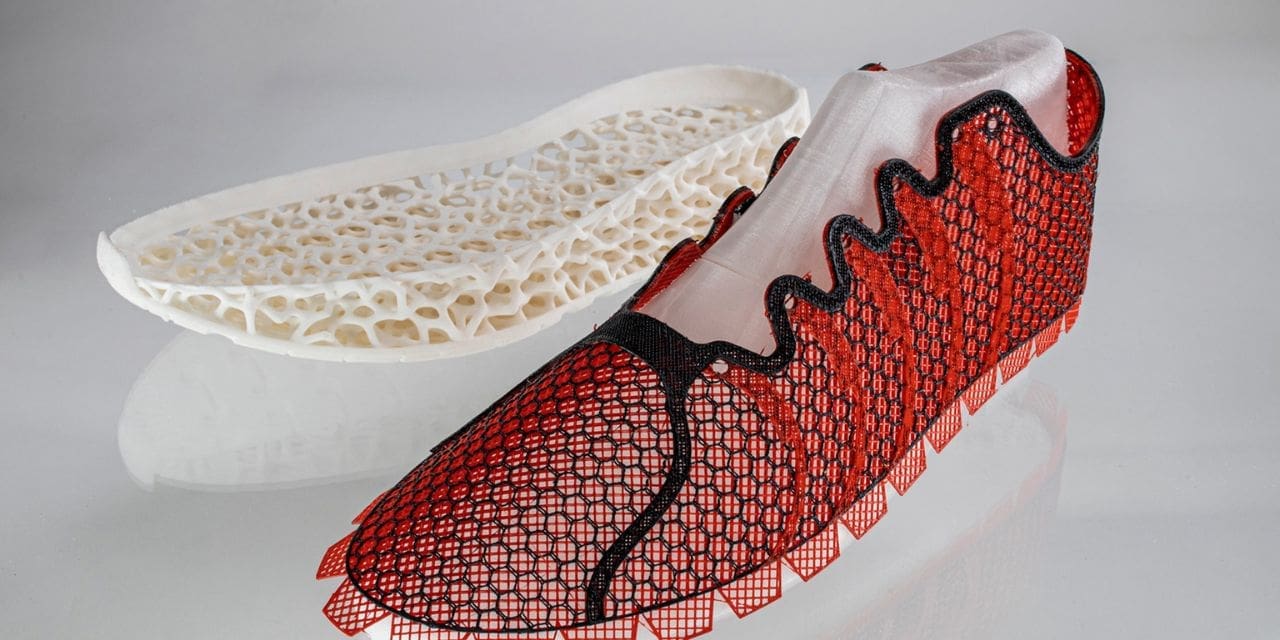The market for 3D-printed wearables market is expected to exhibit a CAGR of 9.2% over the coming decade. The global 3D-printed wearables market is anticipated to reach US$ 10,246.6 million by 2033. As of 2023, the current market valuation is US$ 4,251.7 million.
Consumption Analysis of the 3D Printed Wearable Market
· Orthopedic patients who require prosthetic limbs or other body parts are also one of the largest users of 3D-printed wearables. The demand for personalized dental implants has been on the rise in recent years. This is very likely to have a positive impact on the 3D-printed wearables market in the years to come.
· Fashion enthusiasts who are found experimenting with their styles form the largest pool of consumers in the 3D-printed wearables market. 3D-printed wearables include a wide range of fashionable products like watches, necklaces, rings, sunglasses, etc., which appeal to the young urban population.
· Athletes and sport-loving individuals also use 3D-printed wearables such as fitness bands, sensors, and trackers to help them keep a record of their data and enhance their performances. Increasing awareness regarding fitness and self-care can play a crucial role in the expansion of the 3D-printed wearables market in the coming years.
3D Printed Wearable Market Drivers
· 3D-printed wearables provide huge customization options for consumers. There is an influx of accessories in the fashion, sports, and health industries that are designed keeping in mind the needs of an individual. This level of personalization drives huge demand for 3D-printed wearables across the world.
· The rising trend of sustainable manufacturing of fashionable products is also one of the main reasons why there is a noticeable surge in the demand for 3D-printed wearables. 3D printing techniques to manufacture apparel and accessories help companies reduce their overall carbon footprint.
· 3D-printed wearables are not manufactured on a large scale. This allows small enterprises to produce small batches of products according to the preferences of consumers in a cost-effective way.
3D Printed Wearable Market Restraints
· Industrial-grade printers used in the manufacturing of 3D-printed wearable products can be remarkably expensive. Small-scale enterprises in underdeveloped countries find it difficult to set up a production unit, which further restricts them from entering the market.
· Although 3D-printed wearables are produced on a demand basis, the steady pace of production may negatively affect the surging demand for such products. In the long term, this restricts the expansion of the 3D printed wearable market.
· There are also concerns in the minds of individuals regarding the quality and durability of 3D-printed wearable products if they are for medical purposes. There is a preconceived notion in the market regarding the superior quality of materials manufactured using traditional methods.
Future of 3D Printed Footwear Toward Sustainable Manufacturing
Top Product Type Market share, 2023
Footwear: 27.3%
According to an estimate, over 20 billion pairs of shoes are manufactured every year, and almost all of them will eventually end up in mountainous landfills after their use. The sustainably manufactured footwear market, which is still in its initial phases, is taking significant strides as numerous global players like Under Armour, Nike America, and New Balance are coming forward to manufacture shoes using 3D printing.
Type-wise, the 3D printed wearable market is segmented into footwear, prosthetics, orthopedic implants, and many more. The footwear sector dominates the market with a revenue share of 27.3%. 3D-printed footwear can be recycled and regenerated again, even after years of use. Although expensive, these new variants can offer innovative designs and styles that will attract a lot of millennial youth. These shoes can also be customized according to the preferences of the consumer, providing them with enhanced comfort.
Medical Tourism in Europe Leads to a High Demand for 3D Printed Wearables
European countries like Spain, Germany, and the United Kingdom are known for their medical services all over the world. In such a scenario, the requirement for 3D-printed medical wearables in the country is very likely to experience an upsurge in recent times. 3D-printed implants and prosthetics, particularly, find prominent applications in these sectors.
Personalized medicine, which is gaining momentum worldwide, is another driver of customized medical wearables designed specifically for individual patients. As medical tourism continues to gain momentum in Europe, the prospects for growth in the 3D printed wearable market are very high.
Competitive Landscape in the 3D Printed Wearable Market
The 3D-printed wearables market is still in its nascent stages with a lot of potential to grow in the future. Due to this, there are few players in the market with a limited reach. The industries that these companies cater to are hence also very minimal.
3D printing technology will foresee a lot of advancements in the coming future and it is very likely that with those innovations the market for 3D printed wearables is also bound to grow.
Recent Developments in the 3D Printed Wearable Market
· Kniterate, a US-based company, has launched a new series of 3D printers that can manufacture knitted clothing and apparel from sustainable materials. The company uses merino wool, a natural fiber that generally has a smaller footprint compared to synthetic fibers.
· The Tailgrip 3D-printed sneakers from Zellerfeld are made of recycled materials, which eliminate stitching, gluing, and various binding leather structures. The shoes can be recycled and regenerated even after prolonged use.

